"Origin Millennium PC: A Comprehensive Review"
When shopping for a gaming PC, you have several options. You could opt for a mass-produced prebuilt system from brands like Alienware, or invest in a high-end boutique build. The Origin Millennium strikes a balance between these two, offering a high-end gaming system without the extravagant design flair seen in boutique options from Maingear or Falcon Northwest. It's a robust, custom-ordered gaming rig with standard components, which you could build yourself, minus the hassle of cable routing. However, be prepared for the challenge of transporting a hefty wooden crate to your home, as I experienced.
Purchasing Guide
The Origin Millennium starts at $2,788, but at this price, you'll get a minimal system with an Intel Core i5-14600K and no discrete graphics card, which isn't worth the cost. Fortunately, you can customize the system on Origin's website with a wide range of components. Just remember, the more powerful your build, the higher the price will climb.
Origin Millennium – Photos
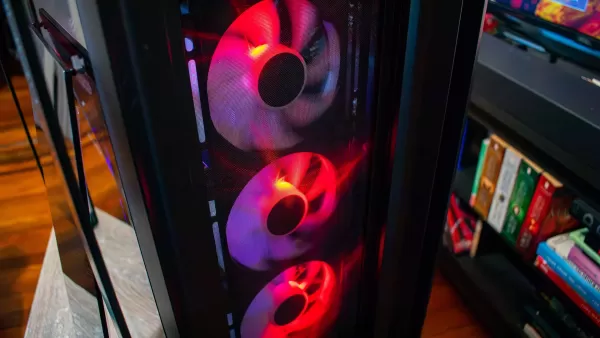
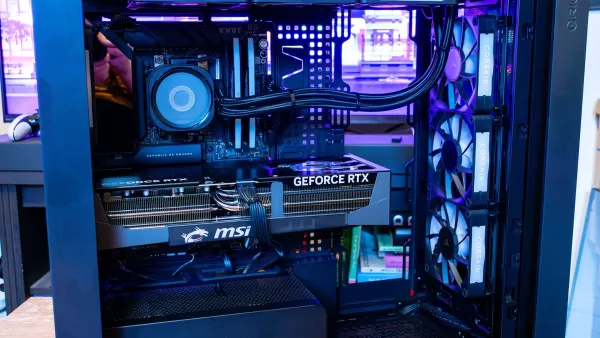 View 8 Images
View 8 Images
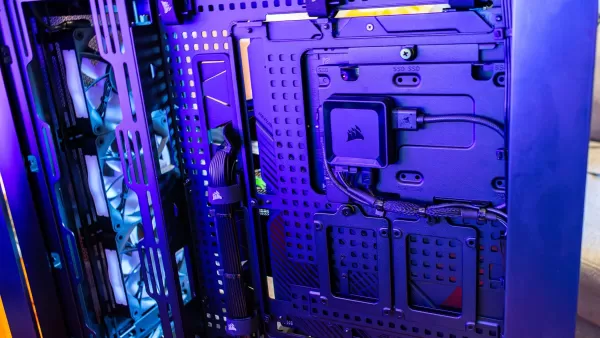
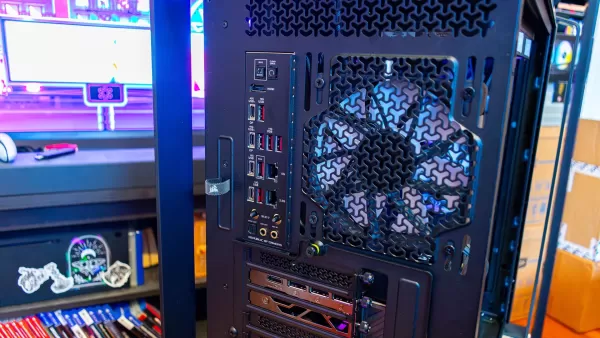

Design and Features
The Origin Millennium is a large computer, housed in a full-tower ATX case accentuated by steel bars on all four corners, making it even more imposing. The case alone weighs 33 pounds, and that's before you add heavy components like the MSI RTX 5090 Gaming Trio, a power supply, and a 360mm AIO. The wooden crate it's shipped in added to the challenge of getting it to my third-floor apartment.
The corner metal bars complicate accessing the system. Although the configuration I reviewed won't need upgrades for years, occasional maintenance requires opening it. The metal bar at the back left corner obstructs the smooth removal of the glass side panel. When I first opened the system to remove a styrofoam insert, the glass hitting the metal bar made me wince. While the bars can be removed with allen bolts, it's an unnecessary step for a gaming PC of this caliber.
Once inside, the spacious build is impressive. Even with a 14-inch graphics card, there's ample room, ensuring excellent airflow. Origin excels at cable management, routing all cables neatly behind the motherboard tray through grommets. However, an unusual choice was made to route the front fan and panel connector wires underneath the system, resulting in a visible bundle outside the case. This approach is both innovative and risky, as the wires could get caught and damaged.
When configuring your system, you can choose to mount the front ports and power button on the top or bottom. My review unit had them on the bottom, ideal for desk setups, but having the option for top mounting is great for those placing the PC on the floor or in a living room.
The front panel features four USB-A and one USB-C port, more than sufficient for most needs. The back of the system, equipped with the Asus ROG Crosshair X870E Hero, offers four USB-C ports, six USB-A ports, two Ethernet ports, and an HDMI port for onboard graphics. The RTX 5090 adds three DisplayPort and one HDMI, standard for Blackwell GPUs.
All in the Configuration
The configuration I reviewed is likely overkill for most users. Thankfully, Origin PC allows you to tailor the system to your needs. You could spend $7,241 for the high-end setup I tested, but a more balanced option would be an AMD Ryzen 5 9600X, 32GB of RAM, and an AMD Radeon RX 9070 XT, capable of 4K gaming for $3,392. Although still pricey, it's a more reasonable choice for many.
Building the mid-range version yourself would cost around $2,397, meaning you pay roughly $1,000 for Origin to assemble it. For the high-end configuration, you could source parts for about $6,506 on PCPartPicker. The premium for professional assembly is substantial, but Origin offers a one-year warranty and lifetime support, including free upgrades if you provide the parts.
The unique wooden crate, while heavy, ensures safe shipping. Whether this added cost is worthwhile depends on your comfort with PC building and maintenance, and your willingness to invest time in the process. Origin's excellent cable management is another plus.
Performance
The Origin Millennium I tested, equipped with an Nvidia GeForce RTX 5090, an AMD Ryzen 7 9800X3D, and 64GB of RAM, is a powerhouse. At 4K resolution, nearly every game exceeded 100 fps without frame generation. Only two games fell short: Assassin's Creed Shadows at 75 fps and Metro Exodus at 97 fps, the latter due to its ray-traced workload without upscaling.
For Assassin's Creed Shadows, 75 fps is still highly playable, and enabling frame generation boosts it to 132 fps, albeit with increased latency from 33ms to 42ms. This increase is significant but typically unnoticeable in single-player games.
Cyberpunk 2077, tested with Ray Tracing Ultra and DLSS in performance mode, achieved 127 fps with 23ms latency without frame generation. With 4x Multi-Frame Generation, the frame rate soared to 373 fps, with latency rising to just 28ms. This exceeds what most monitors can display, demonstrating the system's impressive capabilities.
Overall, even without frame generation, the Origin Millennium delivers high frame rates in demanding games, ensuring you won't need to compromise on image quality.
-
1
![Roblox Forsaken Characters Tier List [UPDATED] (2025)](https://imgs.ksjha.com/uploads/18/17380116246797f3e8a8a39.jpg)
Roblox Forsaken Characters Tier List [UPDATED] (2025)
Mar 17,2025
-
2

Roblox UGC Limited Codes Unveiled for January 2025
Jan 06,2025
-
3
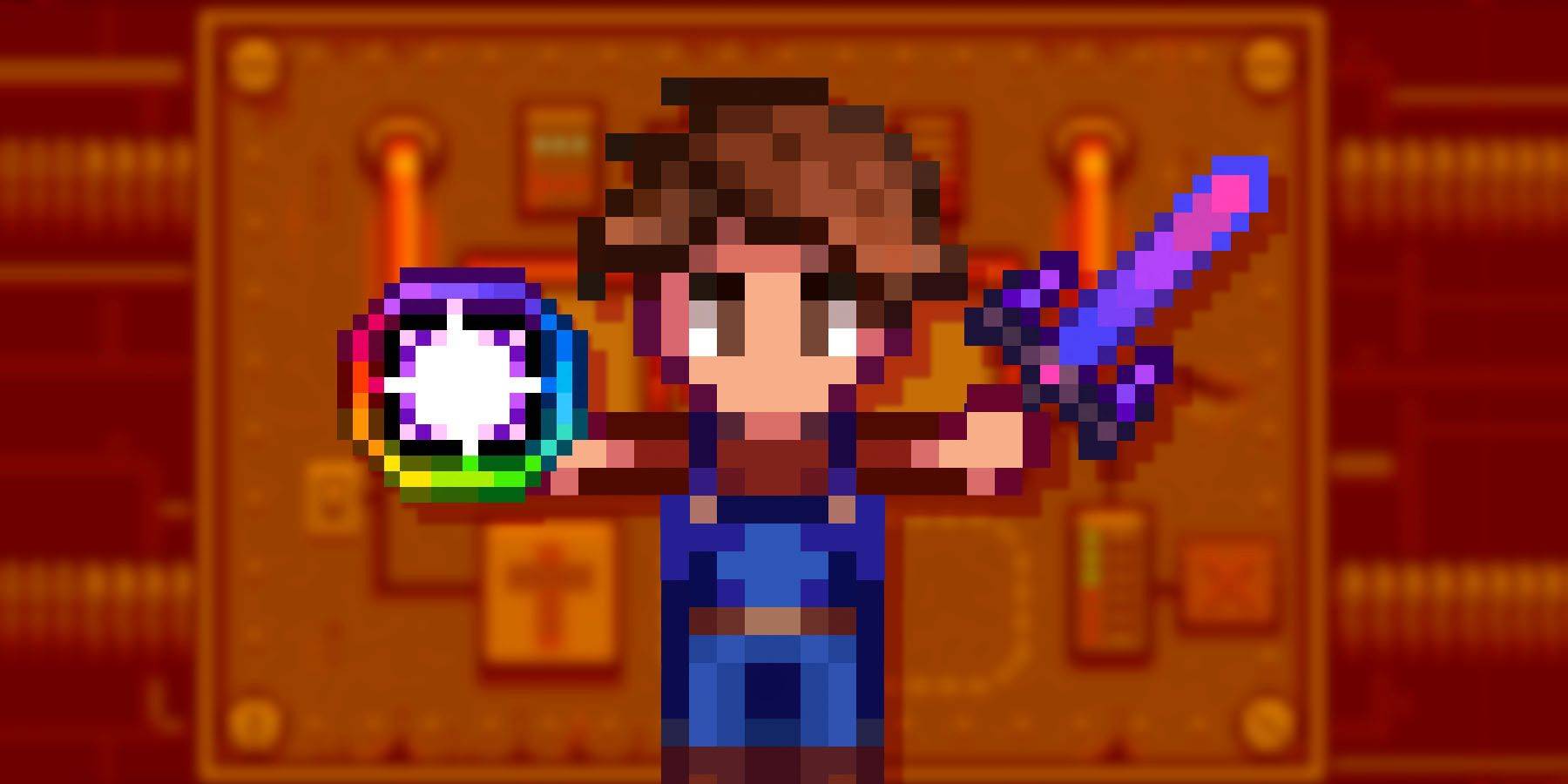
Stardew Valley: A Complete Guide To Enchantments & Weapon Forging
Jan 07,2025
-
4

Pokémon TCG Pocket: Troubleshooting Error 102 Resolved
Jan 08,2025
-
5

Free Fire Characters 2025: Ultimate Guide
Feb 20,2025
-
6
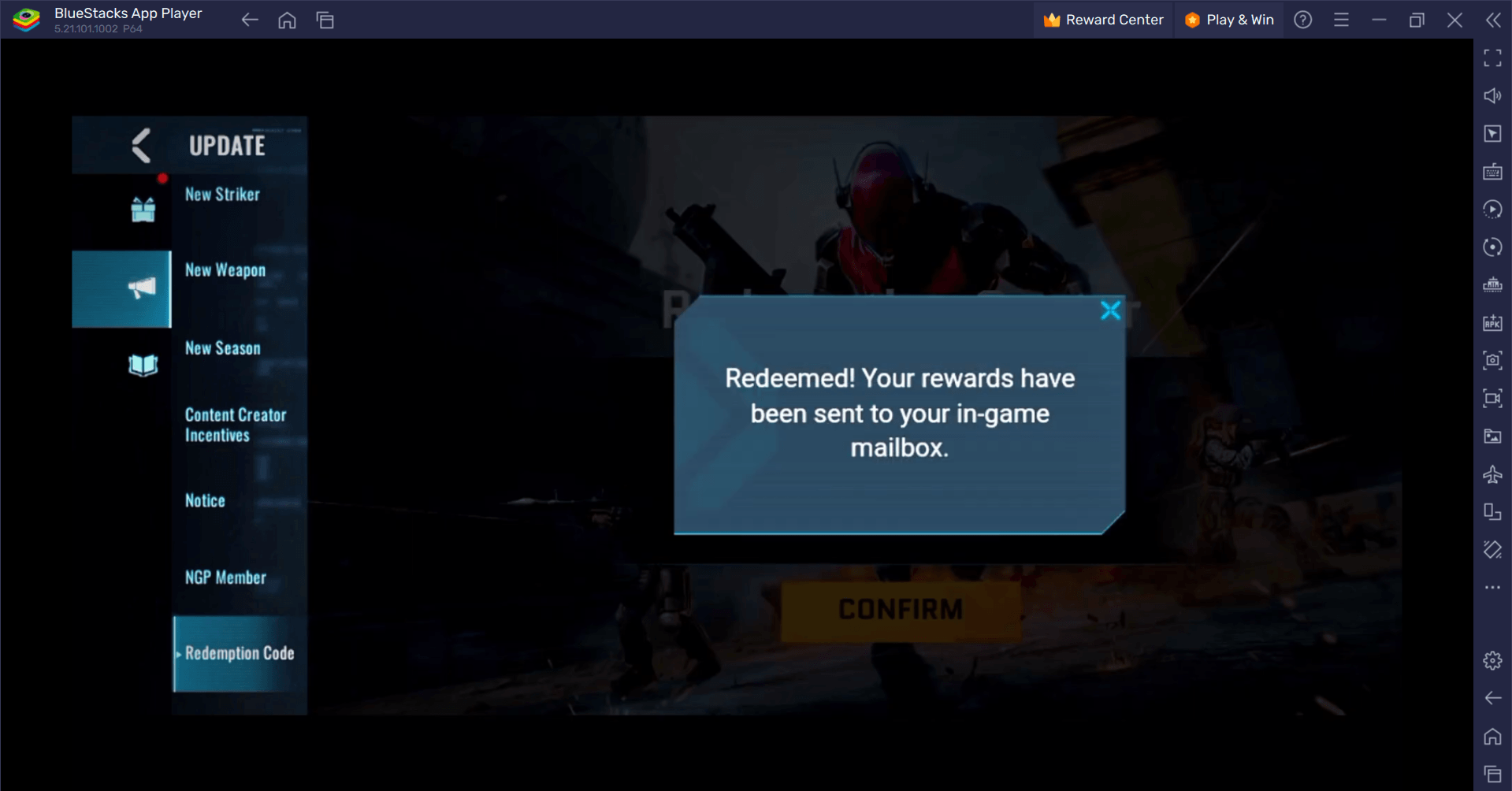
Blood Strike - All Working Redeem Codes January 2025
Jan 08,2025
-
7

Blue Archive Unveils Cyber New Year March Event
Dec 19,2024
-
8

Roblox: RIVALS Codes (January 2025)
Jan 07,2025
-
9

Cyber Quest: Engage in Captivating Card Battles on Android
Dec 19,2024
-
10

Delta Force: A Complete Guide to All Campaign Missions
Apr 09,2025
-
Download

A Simple Life with My Unobtrusive Sister
Casual / 392.30M
Update: Mar 27,2025
-
Download

Random fap scene
Casual / 20.10M
Update: Dec 26,2024
-
Download
![Corrupting the Universe [v3.0]](https://imgs.ksjha.com/uploads/66/1719514653667db61d741e9.jpg)
Corrupting the Universe [v3.0]
Casual / 486.00M
Update: Dec 17,2024
-
4
Ben 10 A day with Gwen
-
5
Oniga Town of the Dead
-
6
A Wife And Mother
-
7
Cute Reapers in my Room Android
-
8
Permit Deny
-
9
Utouto Suyasuya
-
10
Roblox














